Design Q&A: David Zilber
From the acclaimed menus of Noma to the labs of Chr. Hansen, David Zilber devotes his genius to revolutionizing food, billions of microbes at a time.
At his lab in Hørsholm, Denmark, David Zilber oversees fermentation experiments and develops recipes with microbe strains grown by Chr. Hansen.
David Zilber has two hearts. The first, his own literal life force. The second heart, as he describes it, sighs sweet, sleepy breaths on Zilber’s chest in the form of his infant son, Io. The birth of Zilber’s and his partner’s child in July 2022 sparked humbling awareness of his heart center as an emotive energetic source, a bright, breathtaking hue through which one sees a different world. Becoming a parent also presented new rigor—as in challenge and inspiration—in his professional, if not spiritual quest as a seeker of problems. Purpose, he feels, is found in the resolving of issues. “I thought having a child would be insane,” he remembers his outlook years ago. “I just would have been so utterly unavailable.” He had the requisite concerns of impending disaster, climate change. He questioned the cost of knowingly bringing tiny humans into a confounding, often catastrophic reality. “But you try to live a good life. And by ‘good life’ I mean, leave the world better than you found it. Sure, bringing life into the world has a cost. But if you choose to not have children, in an effort to save the planet, who are you saving the planet for?”
Since 2020, Zilber’s earthly calling has landed him at Chr. Hansen, the global giant bioscience company that Zilber prefers to think of as a food business. He arrived there shortly after he concluded his tenure as the pioneering head of fermentation at Copenhagen’s groundbreaking Noma restaurant, where he’d been since 2014 and during which time he distilled the acclaimed test kitchen’s practices and discoveries in The Noma Guide to Fermentation. “I’d been familiar with Chr. Hansen since I worked at a butcher shop in Toronto,” says Zilber. “I was making all these fermented sausages and would run to get a bag of their freeze-dried bacteria to make Genoa salami or chorizo.”
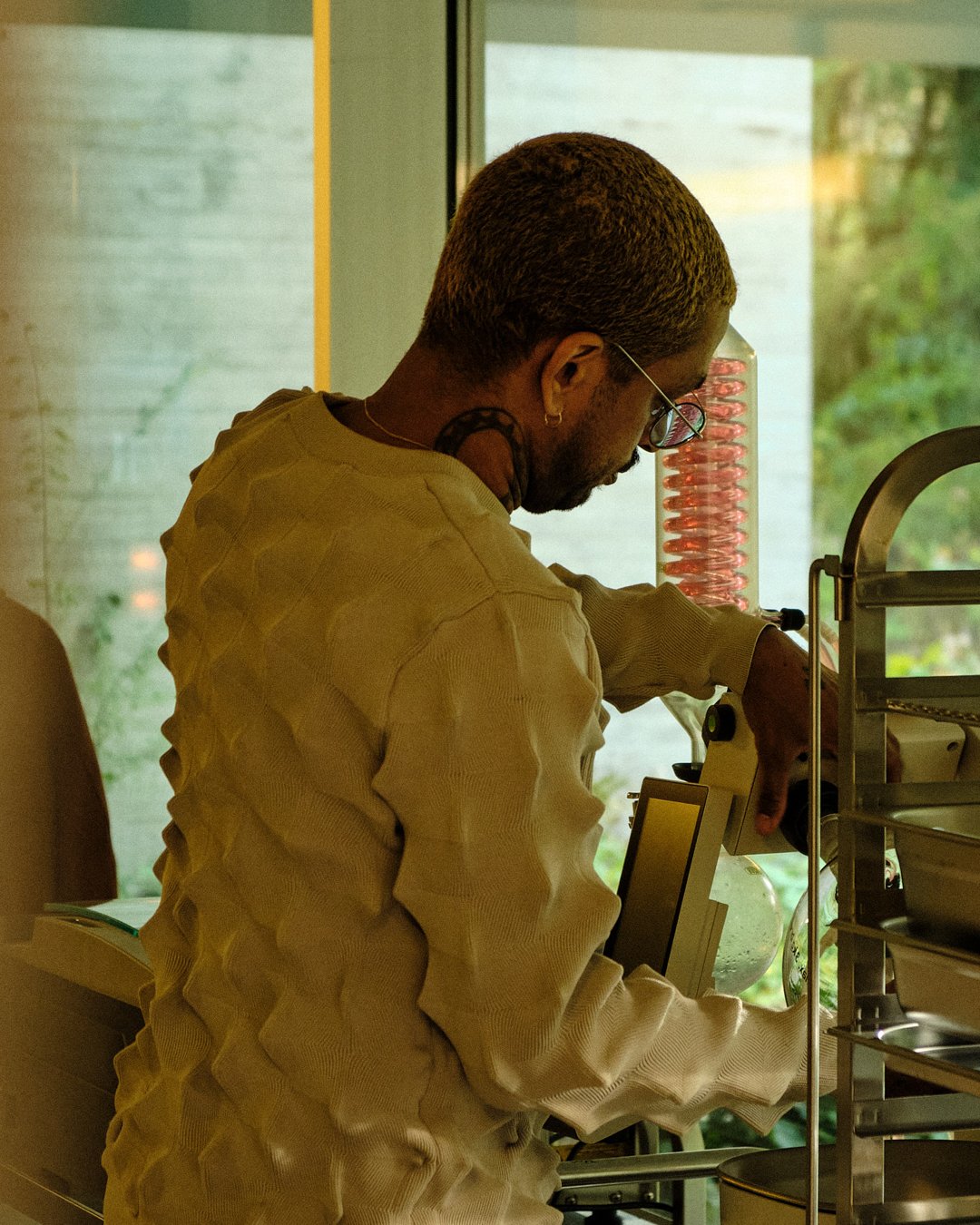
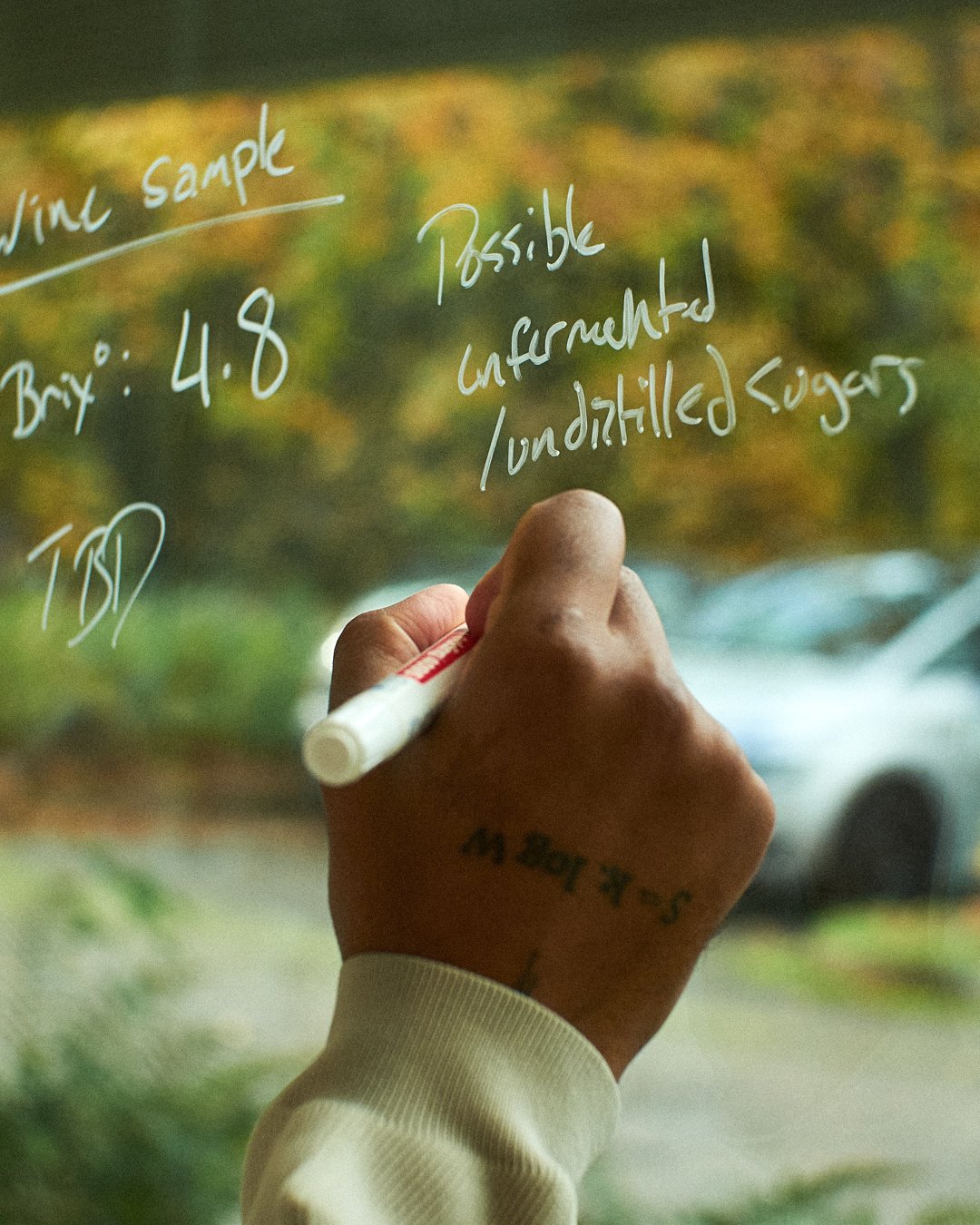
While at Noma, he developed a rapport with the bio firm’s leadership, grounded in the bacteria and yeast samples they’d send him for tinkering. With the pandemic came the existential review of what might be next, and Zilber saw Chr. Hansen’s claim that 1.5 billion people eat something made with its microbes every day as describing the ultimate fermentation playground. A rare former chef in his officially titled role of application scientist, he uses application of microbes in recipes to troubleshoot and develop solutions to make more flavorful food. As such, he thinks of food not just as a dish that may be presented to a diner one evening, or a project a home cook might take on. Rather, he sees his role as having mass effect on a global scale, where his decisions are driven by climate and a combination of both prehistoric (fermentation) and robustly modern (data and AI) technologies. This worldview leads Zilber to wonder about the disconnect between the largest food manufacturer-distributors and the lactic acid he sees bubbling in his homemade jar of kimchi. “They talk about ingredients like they’ve never grown anything in a field, as if climate doesn’t matter, as if changing a base [ingredient] doesn’t have an impact on a farm halfway around the world.” It’s a constraint he aims to surpass, to bring more conscious meaning to feeding people—perhaps the ultimate design.
Zilber returns to his second heart. Io gurgles and coos in the background unaware that this soothing familiar voice belonging to his person, his father, is speaking by phone to a journalist on the other side of the world. “How do you separate yourself from what you do when capitalism is weaving its tendrils into every part of our lives? How do you separate what matters to you, what you care about? I’m super grateful that I did,” he says. “Hearts can be noisy places sometimes.”
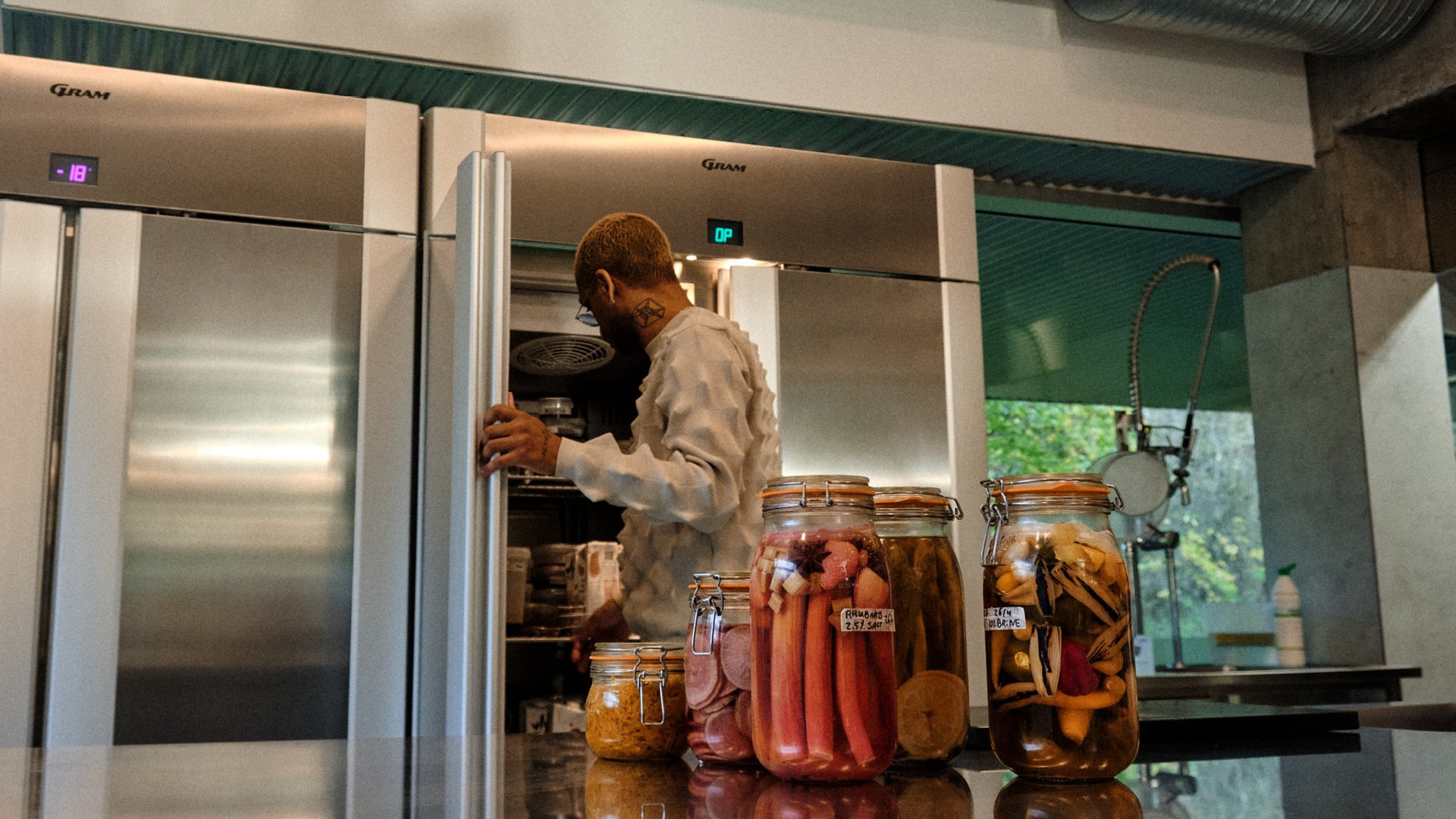
In the 1972 film Design Q&A, French curator Madame L’Amic presents Ray and Charles Eames with a series of archetypal questions about design’s meaning and purpose. As part of an ongoing feature in Kazam!, we posed those same questions to David Zilber.
Q: What is your definition of design?
A: I believe design constitutes the intentional modification of an organism’s environment, by the enactment of work upon and within that environment, in the service of achieving some end (proximately), and ordinarily in the service of increasing its fitness (ultimately), even if the ways in which that’s true aren’t always self-evident.
Q: Is design an expression of art?
A: They say the only people who find that question interesting are neither designers nor artists. Design can be an expression of art, and art an expression of design. In certain instances, each can flow from and into the other, while in other instances, they can be completely and mutually exclusive. Layers of meaning often exist compounded on top of each other, like strata in earth.
Q: What are the boundaries of design?
A: “What are the boundaries of problems?” This was Charles Eames’s answer in 1972, and it’s my answer 50 years later.
Q: Is design a discipline that concerns itself with only one part of the environment?
A: Here’s a funny lesson from thermodynamics that we’d be wise to take to its logical conclusions (I had to study the topic hard for the book I’m currently writing on the ecology of fermentation and symbiosis). There is no such thing as an adiabatic container. Adiabatic means “impassable to heat.” This is technically an extension of the Third Law of Thermodynamics, which states that the temperature of absolute zero is unattainable. The universe absolutely forbids any material—any thing—from perfectly inhibiting the transmission of heat. The ideal thermos cannot exist. Heat, energy, and movement pass through everything they embody. Everything leaks into everything else. So, let me ask you this to answer the question, informed by my perspective as a fermenter. By my job’s very definition, and my deployment of tools like jars or crocks, I should be very concerned about the crafting of environments. But if any container, any incubator, any climate chamber designed to maintain ideal environmental conditions like temperature or humidity, cannot ever be truly isolated from its environment as dictated by the laws of physics, then isn’t it a bit myopic to think that we could ever talk about “only one part of the environment”? Then again, it’s probably the only correct way to phrase such a question, even if it wasn’t intended as such, because the natural conclusion is that, yes, design is a discipline that concerns itself with only one part of the environment—the only part of the environment you can actually talk about—the entire environment, the whole world itself.
Q: Is design a creation of an individual or a group?
A: No man is an island, entire of itself; every man is a piece of the continent, a part of the main.
Q: Is there a design ethic?
A: Definitely not. Is there a human ethic? If the ethics of humans can stretch from sainthood to satanism, then the applications of design at those extremes or anywhere in between will be anything but monolithic. Maybe it’s fair to say that design must have an ethic, but it is no one single thing.
Q: Does design imply the idea of objects that are necessarily useful?
A: No. But thumbs do.
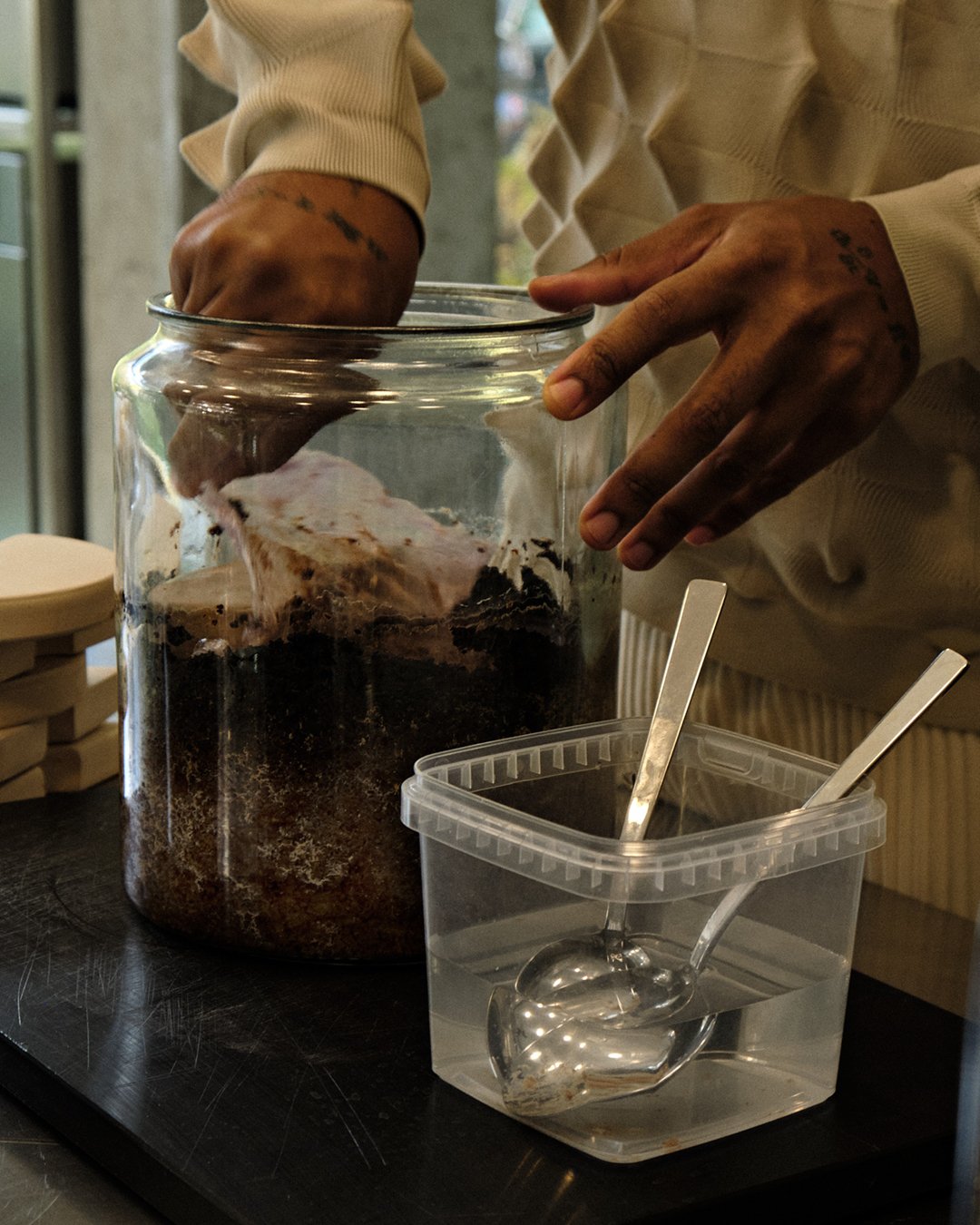
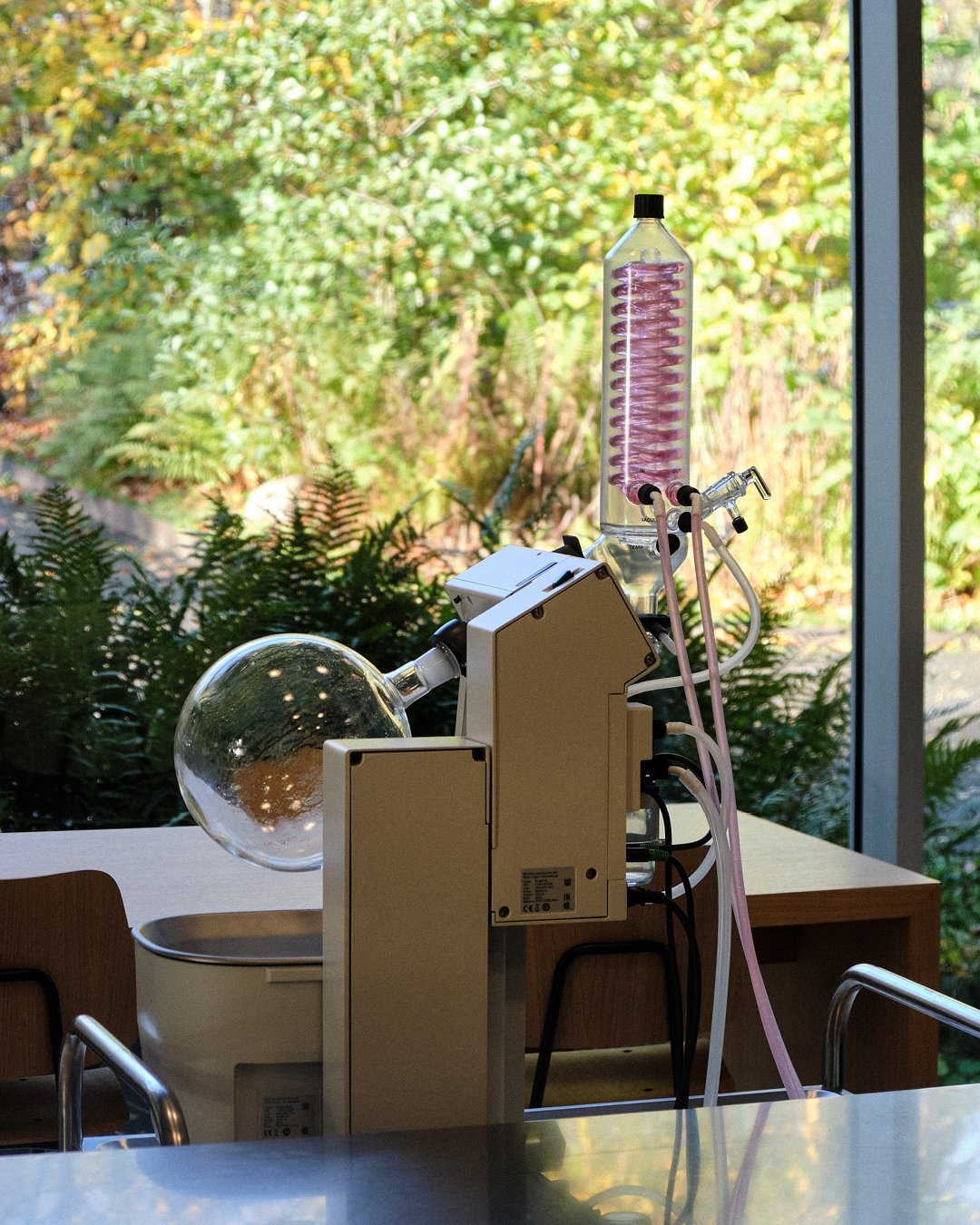
Q: Is it able to cooperate in the creation of works reserved solely for pleasure?
A: Absolutely. I can think of a million things that need to be rigorously designed but serve no purpose beyond their users’ enjoyment. Is a child’s swing not designed?
Q: Ought form to derive from the analysis of function?
A: Not necessarily.
Q: Can the computer substitute for the designer?
A: DALL-E and its kin seems to imply we’re on that route, if not today, then tomorrow. Whether that’s a good thing or not is another question.
Q: Does design imply industrial manufacture?
A: Not at all. I design food, recipes, systems, all the time. I’m no industrialist. I work with my hands.
Q: Is design used to modify an old object through new techniques?
A: It can be. I definitely view my own work in that light! I always say, you have to look back to look forward. For almost a decade now, I’ve investigated traditional fermentation practices and tried to apply, or better yet, transpose old ideas, recipes, and frameworks into modern contexts or new geographies. Take a 500-year-old recipe for soy sauce from a historical text in Japan, then ask yourself what it would mean for a restaurant in North America’s Pacific Northwest, for example. Would the koji be grown on wild rice? Would you use orca beans instead of soy? Should the salt content increase to keep pace with the humidity of the environment in question? You can do this endlessly, everywhere, and let new answers become old with time, before asking new questions again. This is how culture operates. This is how humanity has always advanced. Of course, design is used to modify the old into something new. At any given moment, our whole species stands on the shoulders of our forebears.
Q: Is design an element of industrial policy?
A: I would hope that the people responsible for industrial policy take their job as seriously as architects take theirs. People tend to get upset when inhabited buildings fall down on them. We should get just as upset when the policies that guide industry and construct the contracts and boundaries of our societies fail us just as severely. If you ask me, such failures in both instances stem from poor design.
Q: Does the creation of design admit constraint, and if so, what constraints?
A: Yes, of course. All creative processes are constrained in one way or another. In my experience, endeavors that feign otherwise through hubris, usually fail eventually. Constraints bring focus, leading to deft applications of creative problem-solving. Those constraints could be monetary, related to resources, or even self-imposed with a monk-like austerity. Generally, if you’re trying to be good at everything, you will never be great at anything. Acknowledging constraints in any process of design is the most effective way to ensure that what you do create excels at what lies within those bounds.
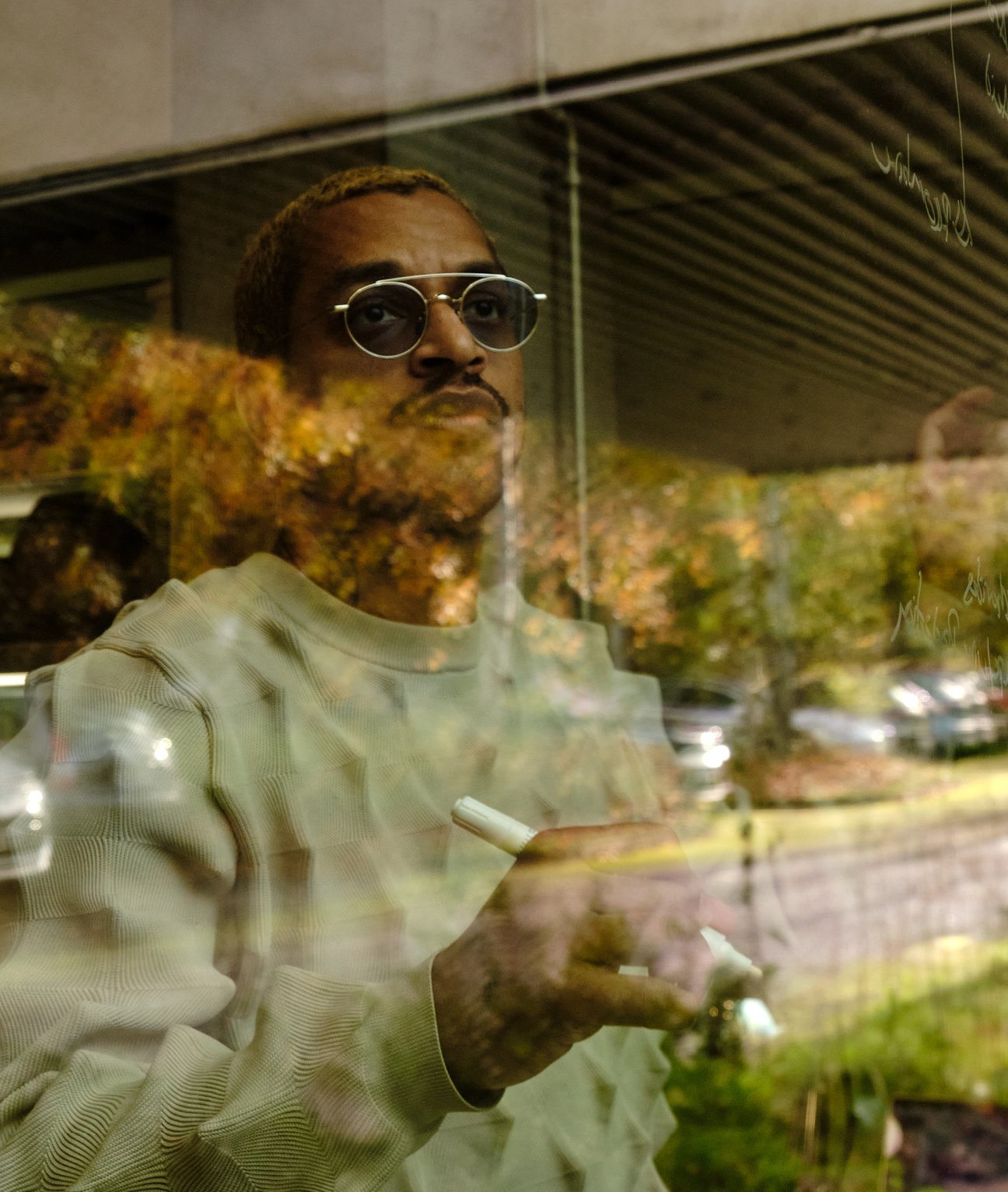
If good design is to prevail, it should continually seek relevant problems, but also be mature enough to know when to leave well enough alone.
David Zilber
Application Scientist
Chr. Hansen
Q: Does design obey laws?
A: The laws of physics, yes. Human laws are mutable.
Q: Ought design tend toward the ephemeral or toward permanence?
A: It ought to tend toward permanence. I think that beyond the “is design art” debate, stakes are higher should we start to conflate design with fashion. Ephemera is so often made to be in fashion. And when it comes to design, say, even of a home kitchen, there are serious implications for the well-being of this planet if we decide that the life expectancy of cabinetry is 15 years before we feel the need to rip it out and start all over again. The wood didn’t rot. The hinges didn’t fail. Our tastes did. I think there’s a real danger in that. (Did you know that in the developed world the biggest single-time contribution to landfills is waste from construction and renovations?) So, great design, in my opinion, should be lasting, not just in the quality of its construction but also in the strength of its aesthetic ideals.
Q: To whom does design address itself: To the greatest number? To the specialists or the enlightened amateur? To a privileged social class?
A: Again, I think the entire spread is covered. The design of a subway car’s seat addresses the masses; everyone across all income levels and walks of life. Then again, the Gerrit Rietveld Red and Blue Chair in my living room obviously speaks to far fewer people, even if it serves the same function. I think where the arbiters of design trip up, even in the framing of this very question for example, is coming at the practice as if its intended audience is the enlightened amateur or specialist. That exclusionary gatekeeping is from a bygone era. The new world belongs to all its children. This is exactly why I made the jump from working in world-class, fine dining restaurants, to consulting and developing recipes for one of the largest fermentation bioscience companies on Earth. On an average day, products transformed by Chr. Hansen’s microbes are consumed by one to two billion people on Earth. Design with reach like that comes with a sobering responsibility to match.
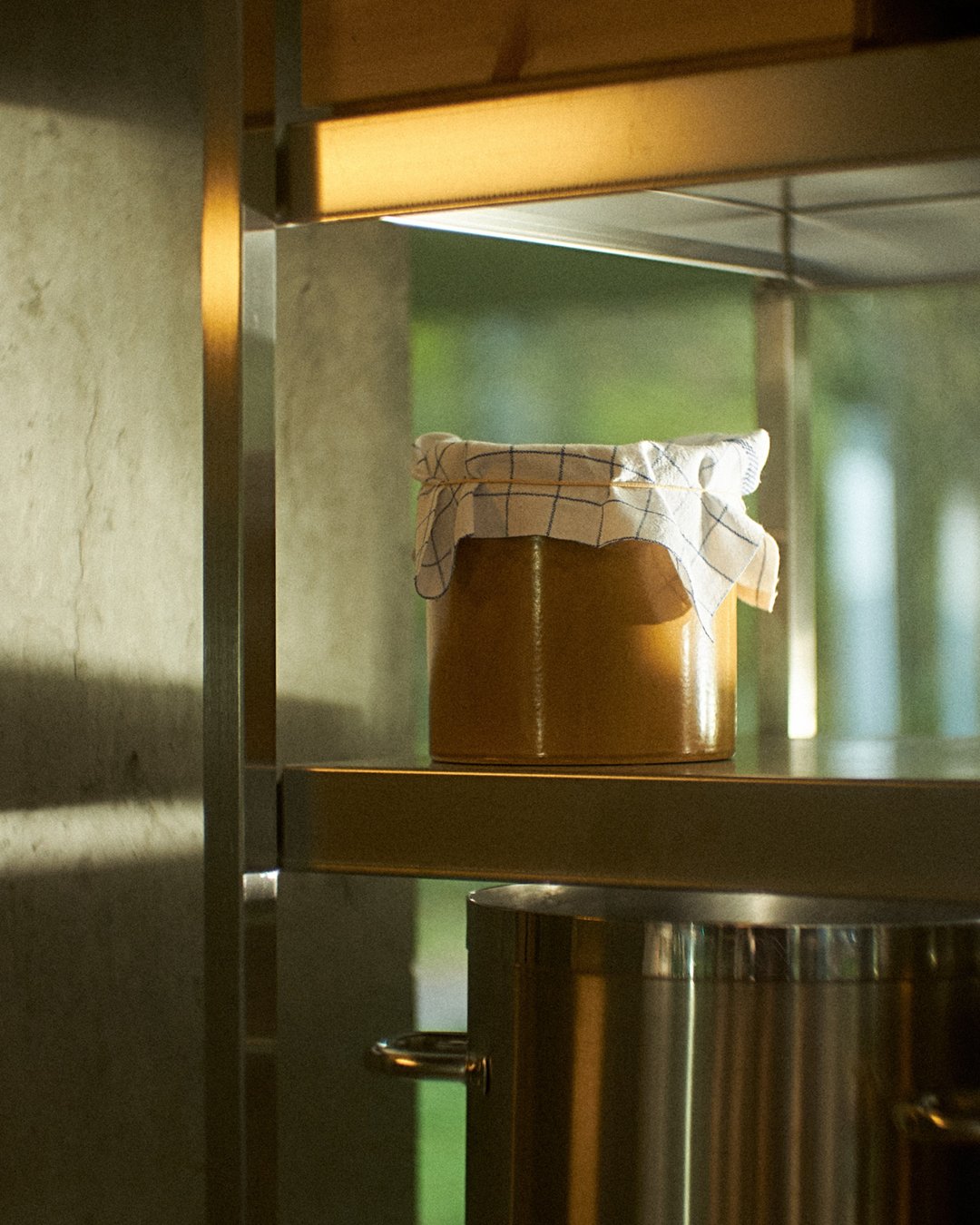
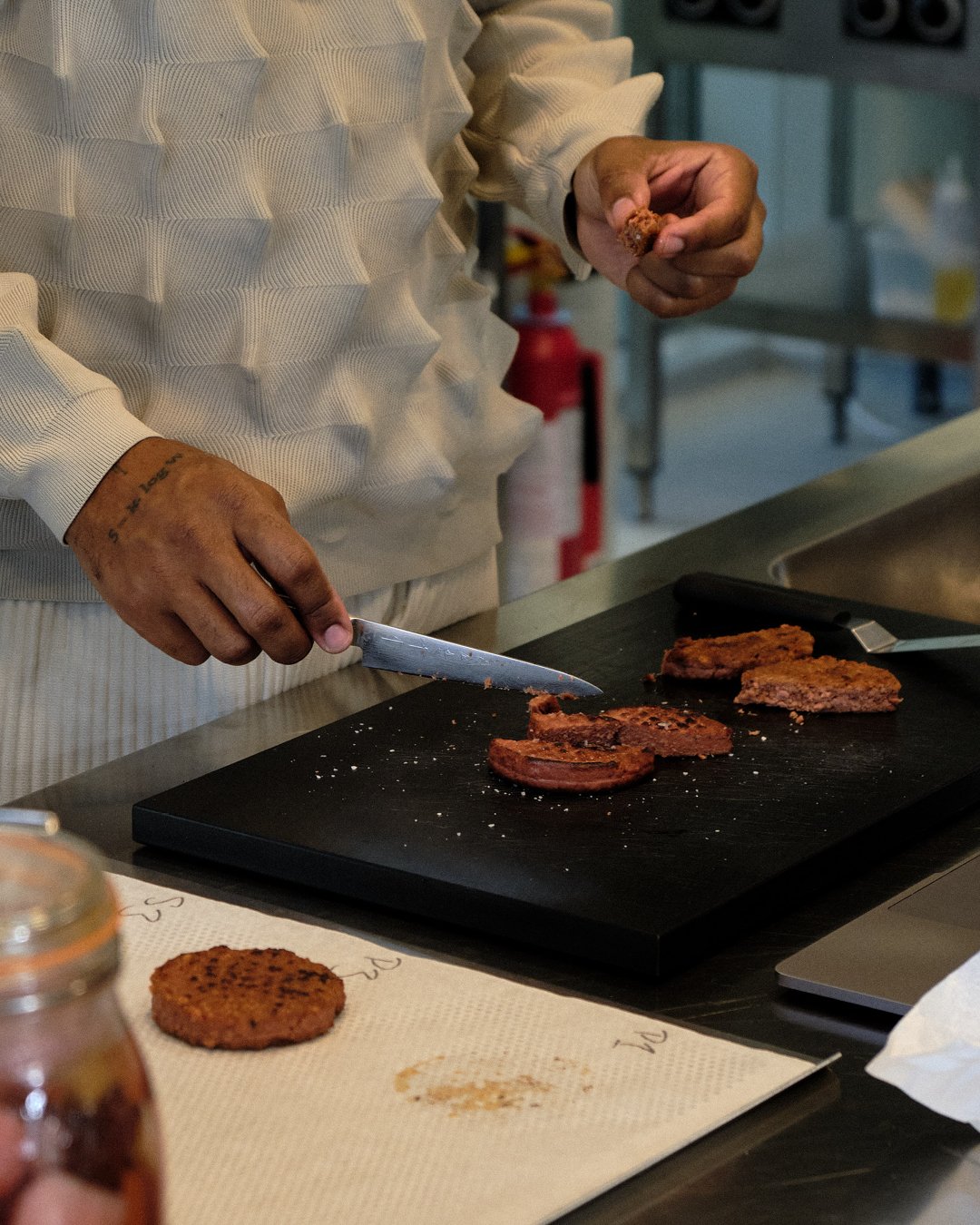
Q: Have you been forced to accept compromises while practicing the profession of “design”?
A: Absolutely. I hesitate to call myself a food designer, but maybe to some extent I help to design food systems. During my time at Restaurant Noma, I operated in a no-holds-barred culinary playground. Sure, the mission statement of Nordic gastronomy limited and constrained its practitioners, challenging them to work with foods endemic to a specified geographic and cultural domain, but within those borders, I was free to do just about whatever I wanted. “Make cool shit” was my official job description. Now that I’ve switched over to the food industry, I may have the ability to touch the lives of far, far more people, but the industries that act as the channels to those lives are simply built differently.
In a restaurant, you conceive of a dish, test it out, document it, taste it, and implement. Something can be in your brain, then in a guest’s mouth in a matter of hours. That doesn’t happen for supermarkets. Anything you buy off a shelf in a supermarket probably took two-plus years from conception to consumption. Most of that time spent comes from red tape, and the realities of fitting one’s unbridled vision to a very rigid system. From the supply chain, to manufacturing, to the guidelines of the USDA or EFSA, all that is imaginable in heaven and Earth is not all that is feasible in the food industry. Nassim Nicholas Taleb, in either Black Swan or Antifragile, talks about giants. Not just giant corporations, but temporal behemoths: “Things that have existed for a long time have good odds of persisting for a long time to come.” In food manufacturing at least, it’s very hard for new ideas to penetrate deeply, and to teach old dogs new tricks. Trying to convince a food manufacturer that they could make their products tastier and healthier through fermentation, when that would require an initial investment in time or care, is proving very hard to do when they’re used to taking powdered refined derivatives and concentrates out of buckets and blending them together in a mixer before extruding it into a familiar shape. Effecting that change is hard because the processes have been in place for decades, and convincing people that there are better ways doesn’t always feel comfortable. So yes, I’ve been forced to accept compromises while practicing the profession of “design.”

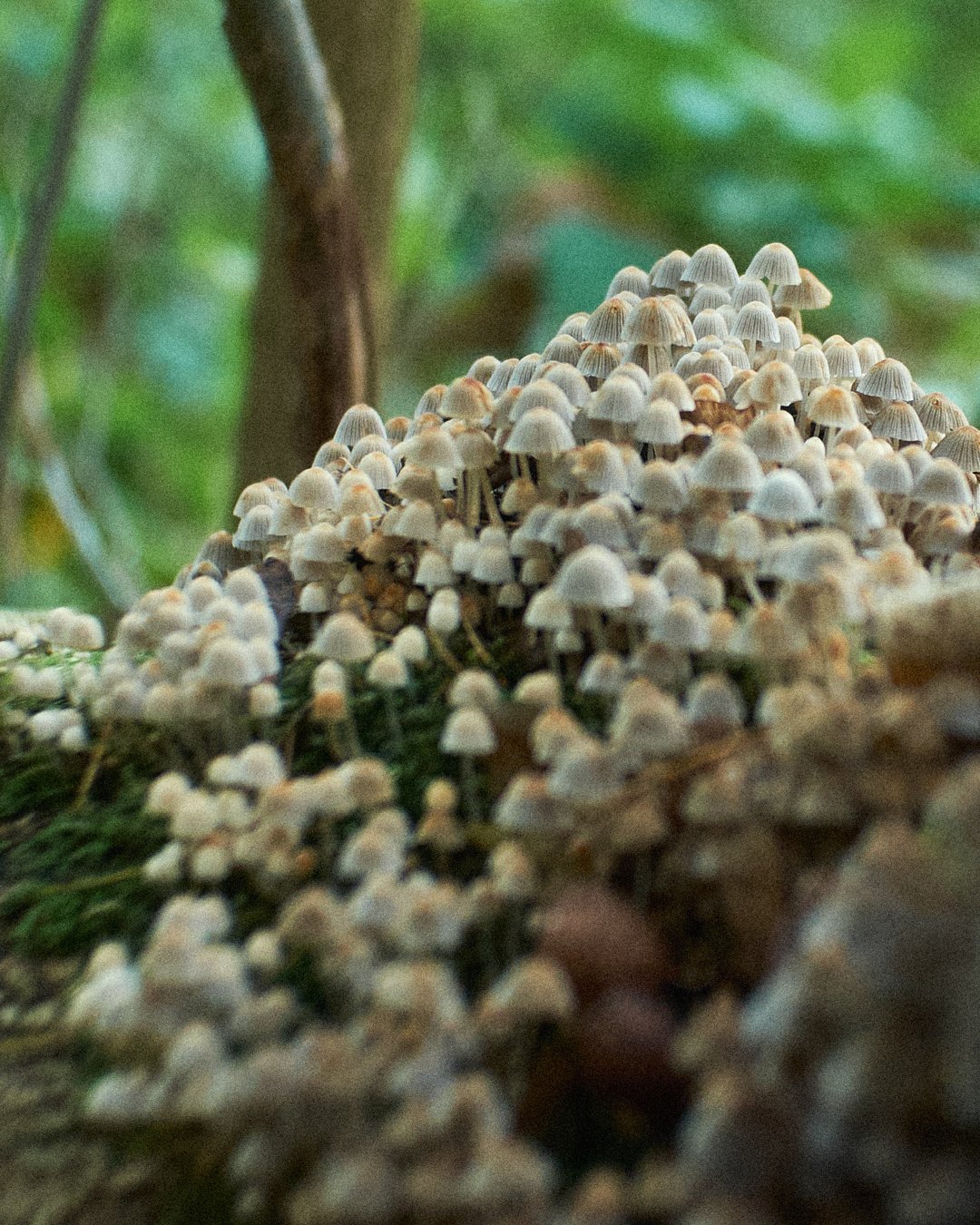
Q: What do you feel is the primary condition for the practice of design and for its propagation?
A: Find a problem that needs a solution. It’s that simple. I can say for certain that as mercantilism and capitalism begin to show their age, a lot of new ventures purport to be solving problems that didn’t really exist in the first place (here’s looking at you crypto, and your design of a new economy). Don’t invent solutions then look for problems to solve. The hammer was invented after the nail. If good design is to prevail, it should continually seek relevant problems, but also be mature enough to know when to leave well enough alone. I mean that last part.
Q: What is the future of design?
A: Predictions of the future have a notoriously bad track record. I don’t need to add to that.
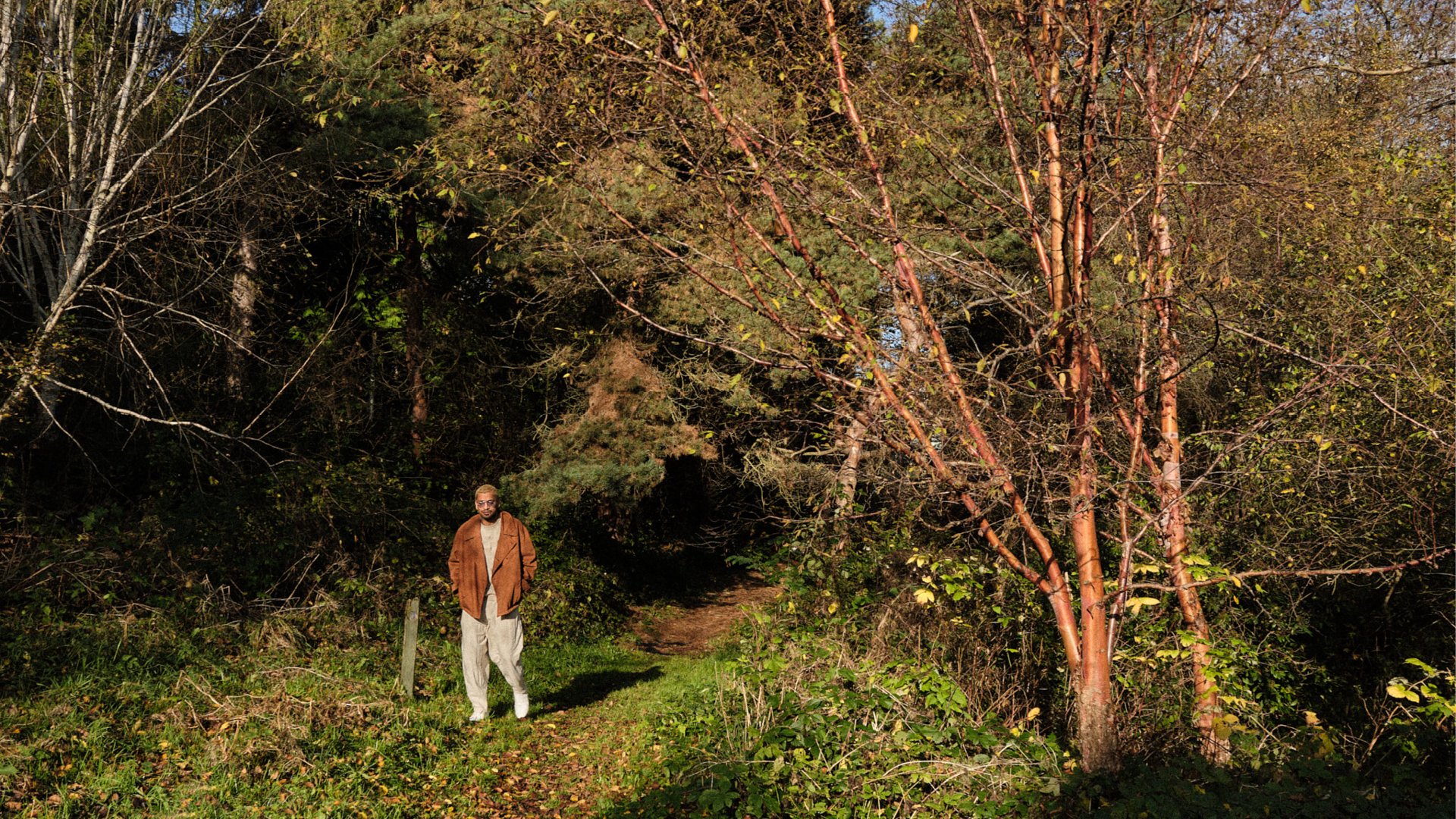
Q: Which of the questions/answers from the original Q&A resonate the most strongly with you and the way you practice design?
A: As I was watching the interview, and Charles answered Madame L’Amic’s question “What are the boundaries of design?” with “What are the boundaries of problems?” something inside me fluttered. All I could think was YES. So succinct. So correct. It’s such a terse answer, but one that fundamentally gets at the telos of design, in ANY field. Be it a house, or a car, or a user interface, or a dining experience, anything that needs to be considered to be created cannot be considered in a vacuum. Design must address the world in which it is a part.
Good design can be said to do this by applying the limited resources and materials it has available to the creation of its ends, with an economy of pragmatism. The problems any design might address might be proximate, but they also might be far reaching and diffuse. Take ethical sourcing, for example. Two identical burgers may be set before you, but if one came from a grass-fed farm, and its bun made from biodynamic wheat harvested from a regenerative farm that helped to rewild the impoverished soils of its surroundings, while the other was the same old, same old, you wouldn’t consider those burgers identical, would you? One could be said to have been “designed”—crafted, assembled, whatever you’d like to call it—to a greater extent than the other, that feels implicit. More care, more consideration went into its creation. And that’s the point. Problems aren’t easily or neatly bound. Everything bleeds into everything else. ❤
Osayi Endolyn is a James Beard Award–winning writer and producer whose cultural commentary explores the nexus of food and identity.
Jonas Fogh is a Danish photographer and cinematographer based in Copenhagen.
Klaus Langelund is a former art director from Denmark now working in both photography and film direction.
At Kazam! Magazine we believe design has the power to change the world. Our stories feature people, projects, and ideas that are shaping a better tomorrow.